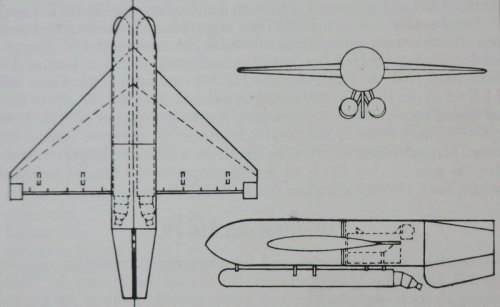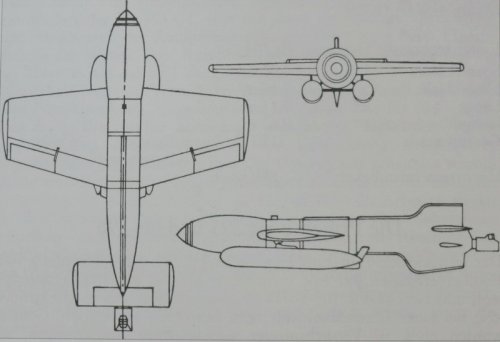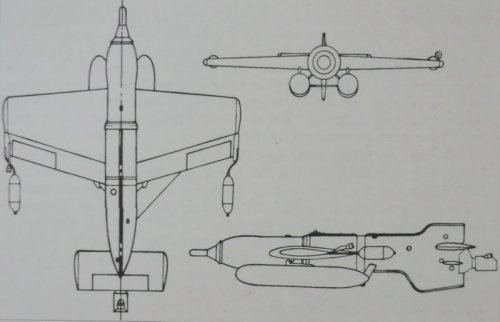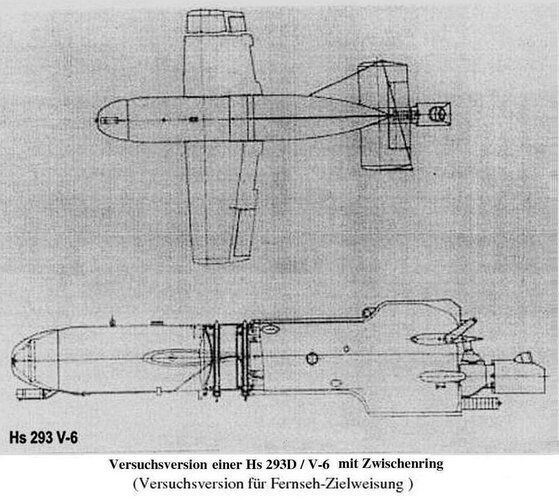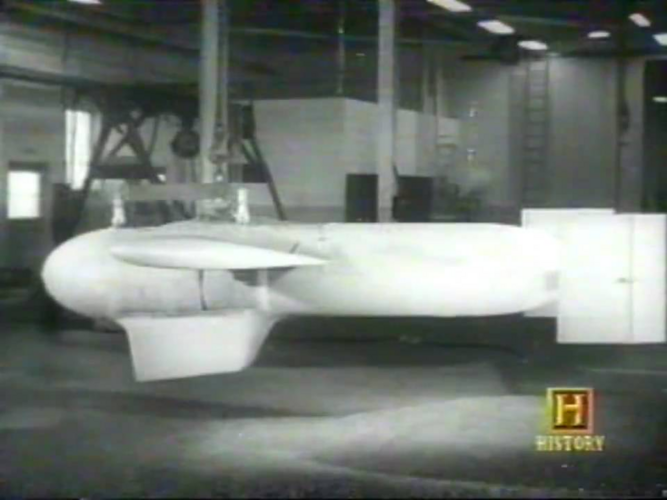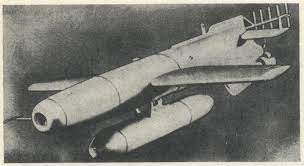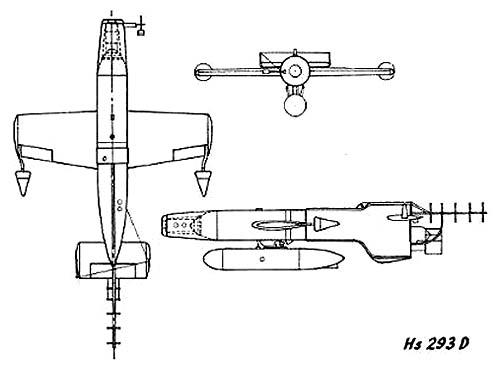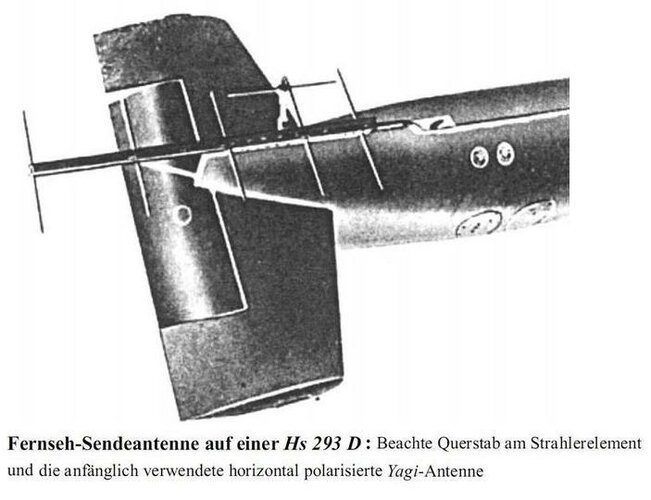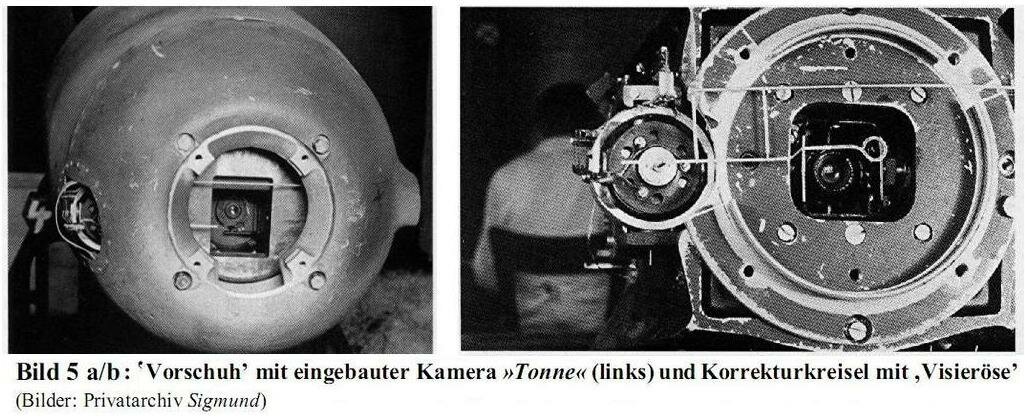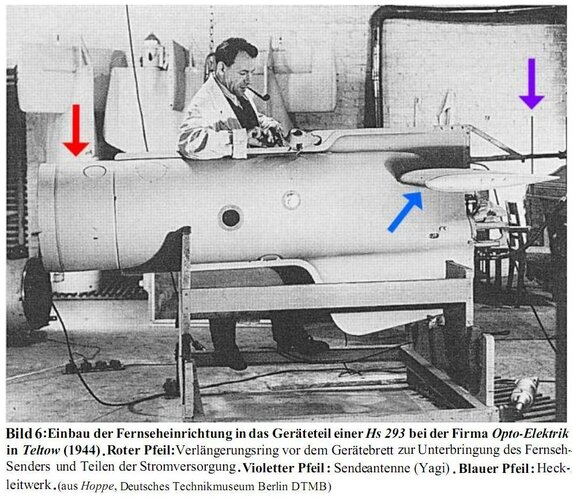- Joined
- 11 March 2006
- Messages
- 8,633
- Reaction score
- 3,489
The development of the Hs 293 is covered, too, in "Die Geschichte der Henschel-Flugzeugwerke AG 1933 - 45" by Horst Materna.
A series of enlarged versions of the Hs 293A was the Hs 293C, for which different guiding systems were proposed. The C-4
was a pre-version of the later Hs 294 glide torpedo bomb, which was actuallytested. The Hs 293F with a delta wing is shown in a
3-view, unfortunately the description seems to have been fallen victim to the lecturer ... :-\
The Hs 295, although quite clearly recognisable as a derivative of the Hs 293 was an air-to-air missile, carrying a 580 kg war head,
powered by two HWK 109-507D rocket engines, a TV guiding system was planned for the D version. About 50 examples are said to
have been built. The Hs 296 again was an air-to-ground weapon for being released in a dive against amoured sea or land targets with
a 600 kg warhead.
A series of enlarged versions of the Hs 293A was the Hs 293C, for which different guiding systems were proposed. The C-4
was a pre-version of the later Hs 294 glide torpedo bomb, which was actuallytested. The Hs 293F with a delta wing is shown in a
3-view, unfortunately the description seems to have been fallen victim to the lecturer ... :-\
The Hs 295, although quite clearly recognisable as a derivative of the Hs 293 was an air-to-air missile, carrying a 580 kg war head,
powered by two HWK 109-507D rocket engines, a TV guiding system was planned for the D version. About 50 examples are said to
have been built. The Hs 296 again was an air-to-ground weapon for being released in a dive against amoured sea or land targets with
a 600 kg warhead.


